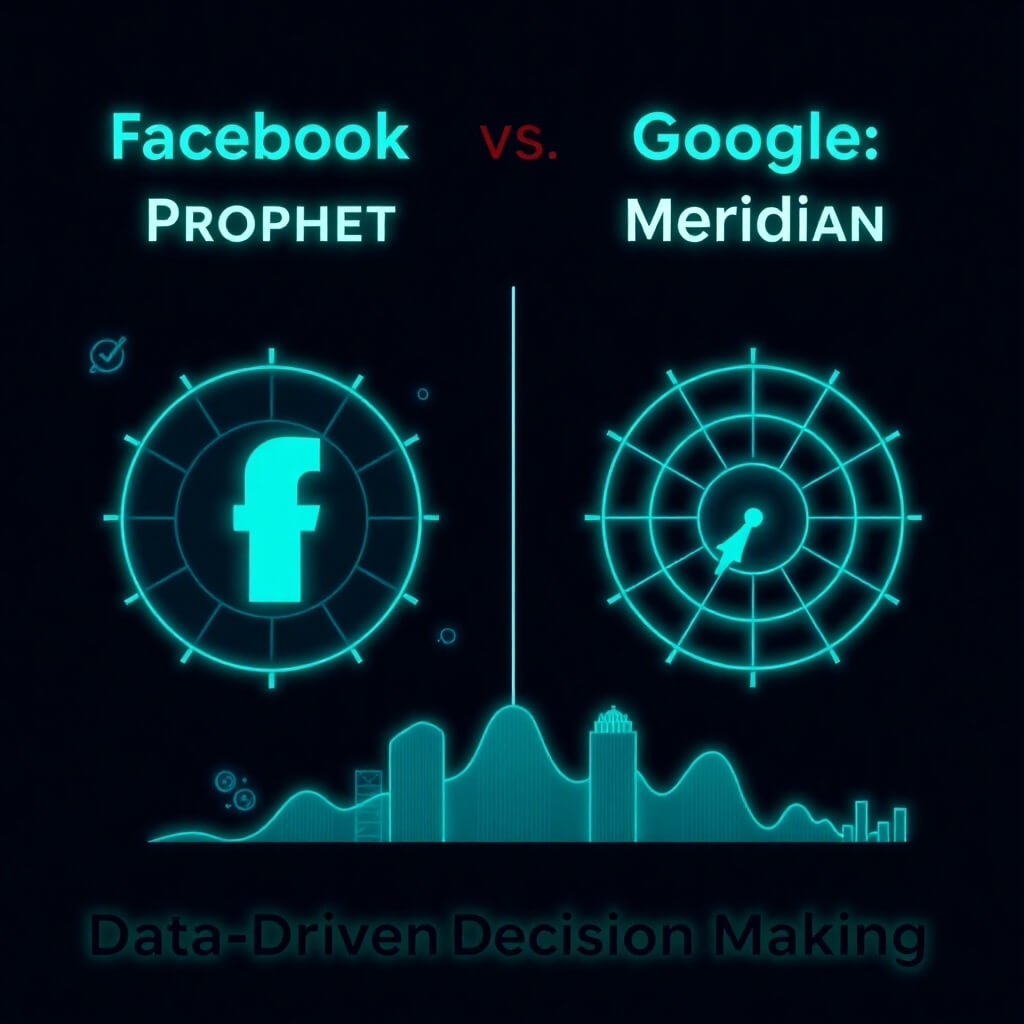Unless you’ve lived under a proverbial rock for the past decade-plus then there’s a good chance you can rattle off a list of your favorite few viral brand videos pretty easily. Whether it is a touching story of a horse breeder and a Clydesdale or a young child in a Darth Vader costume, creating content that goes viral is what every online marketer and brand specialist strives for. It represents the social machine at its finest and demonstrates our propensity for sharing EVERYTHING with our friends, family, followers and subscribers.
Virality is so sought after because it capitalizes on earned media – social shares – essentially a virtual seal of approval from the viewer. Shares are becoming an incredibly useful metric as Nielsen finds that close to 92% of consumers trust their peers online. AdAge describes the point where a campaign hits “cruise control” and essentially runs off of shares and social interaction as reaching an “earned media threshold.” When content hits this point, which can be a higher or lower tipping point depending on the quality of the creative and its connection to the user, it has officially blown up. The tricky part is finding out WHY a video gets to this point.
Unruly Media believes that they’ve cracked the formula to accurately predicting this tipping point and discovering an ad’s “shareability” before it launches. For those of you following along at home, this is basically the Holy Grail of viral marketing – the ability to know if a video will spread across the internet like wildfire.
Using an algorithmic tool called “Unruly ShareRank,” the company analyzes consumer emotional and social reactions to video and views it alongside MASSIVE amounts of consumer data. Unruly has been collecting and analyzing video sharing data for the past seven years and now has data from over 300 billion video streams at their disposal. Each video that ShareRank analyzes is focus grouped online with a group of about 150 people, 100 of whom are from the specific target audience. By tracking an individual’s emotional responses throughout the video brands can compare their test data to the user data Unruly has accumulated over the years for specific target audiences and get an accurate measure of which emotions will draw out certain social sharing behaviors. This big data based analysis gives users a big leg up on other methods of testing, solely because of the wealth of trend data they can draw from.

A sample report compiled by ShareRank software shows how social sharing behavior relates to certain emotions and market standards.
More importantly this allows brands that use the service to develop a content plan based around this data. Not only can a brand use ShareRank to improve the shareability of its existing content, but also to ensure that it is maximizing the earned media potential of its videos.
By tweaking videos based on these responses they can tailor content to an audience and ensure that a brand’s earned media views are up to par with their goals and expectations and ultimately have a better grasp of the ROI they might yield. Ideally, tracking social interaction and psychological response simultaneously will also help to create some sort of correlation between social shares and paid media. Whether Unruly can actually match their 80% accuracy claim and do all of this certainly remains to be seen, but if they can come anywhere close, it’s definitely a better option than the guesswork that occurs all too often in the industry.





